Top 10 Big Data Frameworks to Watch in 2025
.png&w=1080&q=75)
In today's data-driven world, organizations are grappling with unprecedented volumes of information. As we move deeper into 2025, the need for robust big data frameworks has never been more critical. Let's explore the top 10 frameworks that are shaping the future of data processing and analytics.
Apache Spark: The All-in-One Powerhouse

Apache Spark continues to dominate the big data landscape in 2025, and for good reason. This unified analytics engine has evolved far beyond its initial capabilities, now offering seamless integration with AI and machine learning workflows.
What sets Spark apart is its ability to handle both batch and real-time processing through a single engine. The latest versions have introduced significant improvements in GPU acceleration, making it particularly attractive for organizations dealing with complex AI workloads. Its Unified Engine architecture allows data scientists to switch between SQL, Python, and R seamlessly within the same application.
Key Features in 2025:
- Enhanced GPU support for AI/ML workloads
- Improved memory management with Dynamic Resource Allocation 2.0
- Native cloud integration with major providers
- Advanced stream processing capabilities
Apache Flink: The Stream Processing Champion
.png&w=1920&q=75)
While Spark may be the jack-of-all-trades, Flink has cemented its position as the master of stream processing. Its ability to handle high-throughput, low-latency data streams with exactly-once processing guarantees makes it invaluable for real-time analytics applications.
The framework has seen substantial adoption in financial services, where microsecond-level latency can make the difference between profit and loss. Flink's stateful computations and event-time processing capabilities have made it the go-to choice for complex event processing (CEP) scenarios.
Recent Developments:
- Advanced watermarking mechanisms for out-of-order events
- Improved checkpoint mechanism for faster recovery
- Native support for Python UDFs
- Enhanced SQL support for stream processing
Apache Kafka: The Messaging Backbone
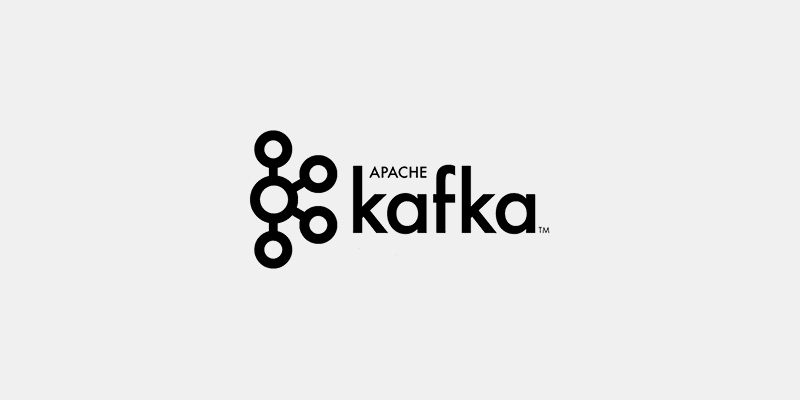
Kafka has evolved from a simple messaging system to a complete event streaming platform. In 2025, it serves as the central nervous system for many data-driven organizations, handling trillions of messages per day.
The introduction of Kafka Streams has simplified stream processing, while KRaft has eliminated the dependency on ZooKeeper, making Kafka clusters more efficient and easier to maintain. The framework's ability to handle both real-time and batch processing makes it an essential component in modern data architectures.
Notable Improvements:
- KRaft consensus protocol for improved cluster management
- Enhanced security features with fine-grained access control
- Better integration with cloud-native environments
- Improved message compression algorithms
Presto: The SQL Query Engine Reimagined
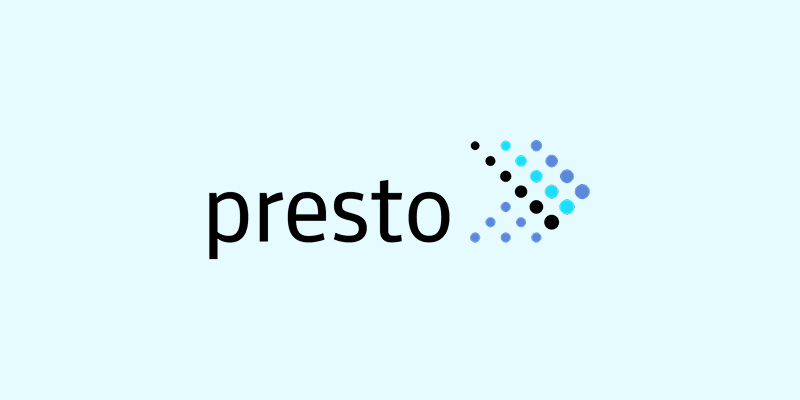
Presto has gained significant traction as the go-to SQL engine for big data analytics. Its ability to query data where it lives, whether in Hadoop, S3, or traditional databases, has made it an invaluable tool for data analysts and scientists.
The framework's federation capabilities allow organizations to maintain a single query interface across diverse data sources, significantly simplifying their analytics infrastructure. Recent improvements in query optimization and caching have made it even more powerful.
Key Advantages:
- Advanced cost-based optimizer
- Improved memory management
- Native support for complex data types
- Enhanced security features
Apache HBase and Phoenix: The NoSQL Powerhouse
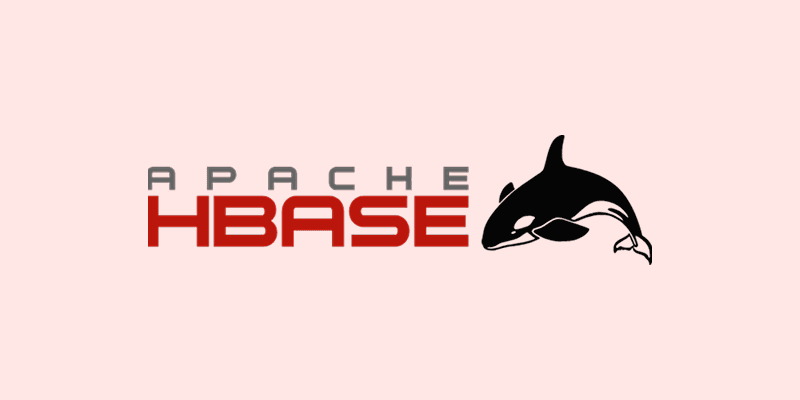
HBase, combined with Phoenix, provides a robust solution for organizations requiring real-time random access to massive datasets. The combination offers SQL-like functionality while maintaining the benefits of column-family storage.
Recent updates have focused on improving read/write performance and reducing operational complexity. The introduction of new compaction strategies and improved region management has made HBase more efficient than ever.
Recent Enhancements:
- Improved compaction strategies
- Better region management
- Enhanced SQL support through Phoenix
- Reduced operational complexity
Apache Drill: The Schema-Free SQL Query Engine

Drill's ability to query semi-structured data without predefined schemas has made it increasingly popular in 2025. Its support for nested data formats and dynamic schema discovery sets it apart from traditional SQL engines.
Organizations dealing with rapidly changing data structures particularly appreciate Drill's flexibility. The framework's ability to handle JSON, Parquet, and other formats without schema definitions has made it invaluable for exploratory data analysis.
Standout Features:
- Dynamic schema discovery
- Support for complex nested data
- Low-latency queries
- Improved optimizer for better performance
Apache Hadoop: The Reliable Foundation
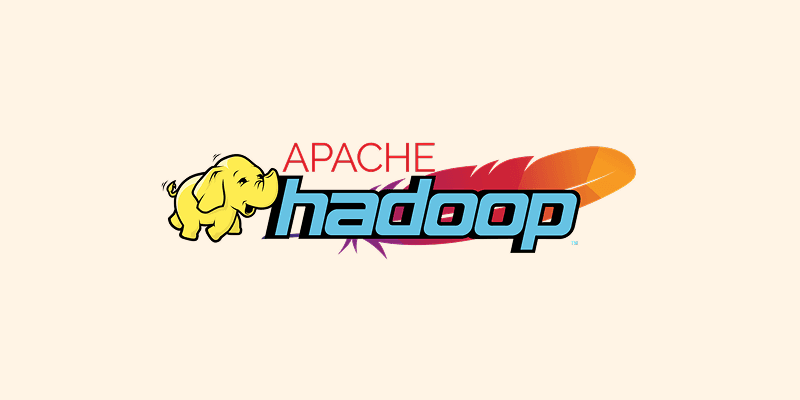
While newer frameworks have emerged, Hadoop remains the foundation of many big data architectures. Its HDFS component continues to provide reliable, scalable storage for massive datasets, while YARN manages resource allocation effectively.
Recent updates have focused on cloud integration and improved security features, ensuring Hadoop remains relevant in modern data architectures. The framework's stability and mature ecosystem make it a trusted choice for enterprise deployments.
Modern Capabilities:
- Enhanced cloud storage integration
- Improved security features
- Better resource management
- Simplified administration
Apache Storm: Real-Time Processing Refined
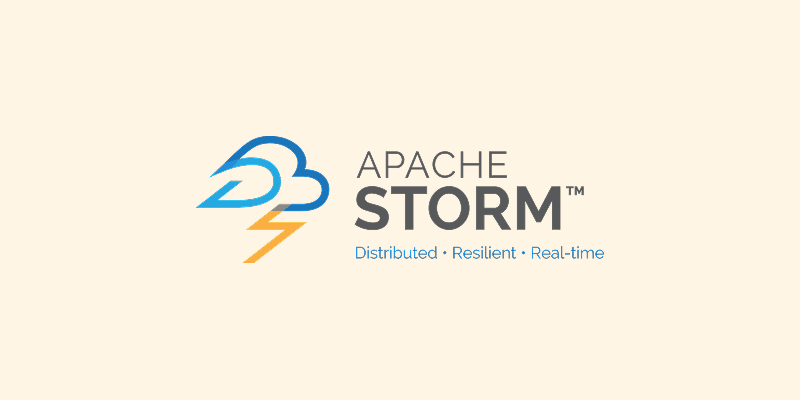
Storm continues to excel in scenarios requiring real-time processing with minimal latency. Its simple programming model and guaranteed message processing make it particularly suitable for real-time analytics and IoT applications.
The framework has seen significant improvements in its Trident API, making it easier to implement exactly-once processing semantics. Integration with modern container orchestration platforms has also been enhanced.
Recent Updates:
- Improved Trident API
- Better container orchestration support
- Enhanced fault tolerance
- Simplified deployment options
Dask: Python-Native Parallel Computing
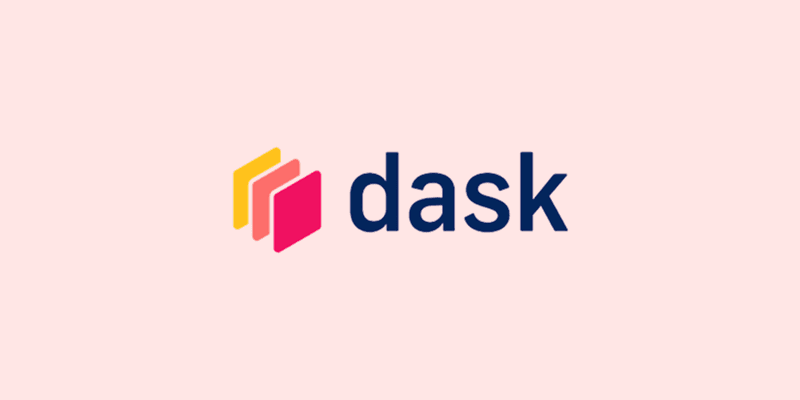
Dask has gained significant popularity among data scientists and researchers who work primarily in Python. Its ability to scale Python code from laptops to clusters without major rewrites has made it an invaluable tool in the data science ecosystem.
The framework's integration with popular Python libraries like NumPy, Pandas, and Scikit-learn makes it particularly attractive for organizations heavily invested in the Python ecosystem. Recent improvements have focused on better GPU support and enhanced distributed computing capabilities.
Key Strengths:
- Native Python scaling
- Improved GPU support
- Enhanced distributed computing
- Seamless integration with Python libraries
Elasticsearch: Search and Analytics at Scale
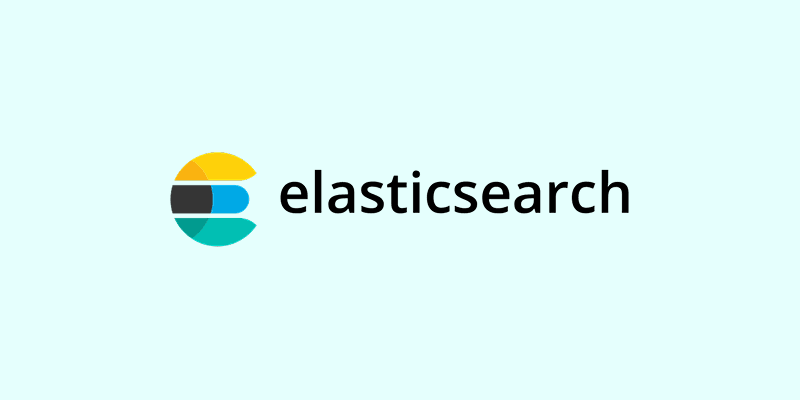
While primarily known as a search engine, Elasticsearch has evolved into a powerful analytics platform. Its ability to handle both structured and unstructured data, combined with powerful aggregation capabilities, makes it an essential tool for many organizations.
Recent updates have focused on improving machine learning capabilities and adding natural language processing features. The framework's ability to handle time-series data has also been significantly enhanced.
Latest Features:
- Advanced machine learning capabilities
- Improved NLP support
- Enhanced time-series analysis
- Better cluster management
As we navigate through 2025, these big data frameworks continue to evolve and adapt to changing requirements. While each framework has its strengths, the key to success lies in choosing the right tool for your specific use case. Organizations often find themselves using multiple frameworks in combination to build comprehensive data processing pipelines.
The trend towards cloud-native implementations, improved security features, and better integration with AI/ML workflows is evident across all these frameworks. As data volumes continue to grow and real-time processing becomes increasingly important, these frameworks will undoubtedly continue to evolve and improve.
Remember that the best framework for your organization depends on various factors, including your existing technology stack, team expertise, and specific requirements. Take time to evaluate these options carefully before making a decision.